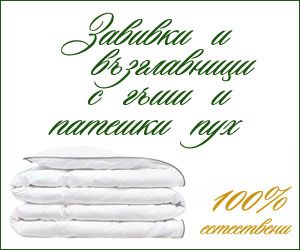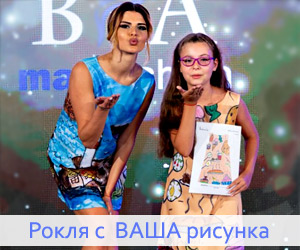EMILIO PUCCI: the lord of bright colours
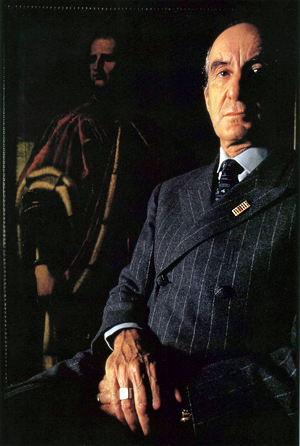
Emilio Pucci, Marquis di Barsento, was born on November 20, 1914, to an aristocratic family in Naples and died November 29, 1992, in Florence. For some time, he studied at the University of Milan and later went on to study at various places in the USA. In 1937 he graduated social science from Reed College in Portland, Oregon, receiving a Master of Arts degree. In 1941 he was awarded his doctorate in political science from the University of Florence. Between 1938 and 1942 he flew a bomber of the Italian Air Force. In 1947 he set up a sport, casual and leisure clothing company. His first attempt at fashion design dated back to 1948, when he designed ski outfits for women. A year later, in 1949, he opened his first boutique on the Isle of Capri. He was actively designing sportswear and his sports outfits made him famous in the 1950s. In 1950 he opened more boutiques in Rome, Florence, New York, Elba, Montecatini Terme, etc. Among his most famous awards are Neiman Marcus (1954, 1967), Sports Illustrated (1955, 1961), The Sunday Times – London (1963), the award of the Italian Association of Industrial Design in Milan (1968), awards from Rome (1982) and Paris (1985), the award of the US Council of Fashion Designers (1990), among others. In 1992, Laudomia Pucci, Emilio’s daughter, became owner and manager of the Pucci label. Today Pucci is owned by Bernard Arnault (LVMH), who acquired 67 per cent of the company in 1999. Chief designers of the brand include Antonio Berardi (1999-2000), Julio Espada (2000-2002), Christian Lacroix (2002-2005), Matthew Williamson (2006) and Peter Dundas (since 2009).
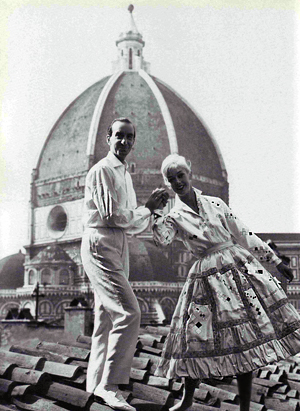
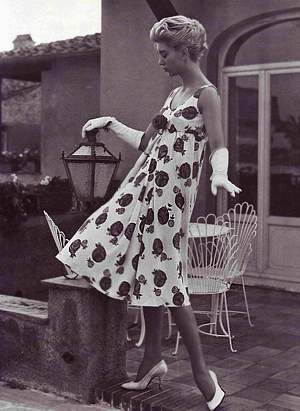
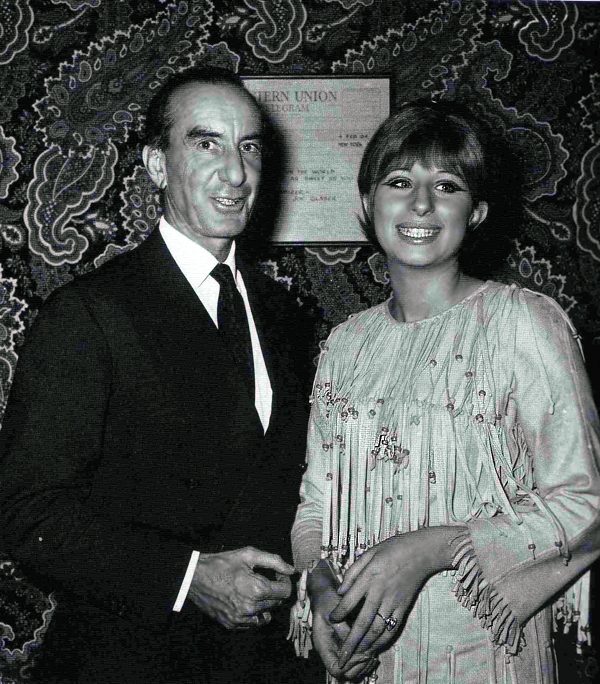
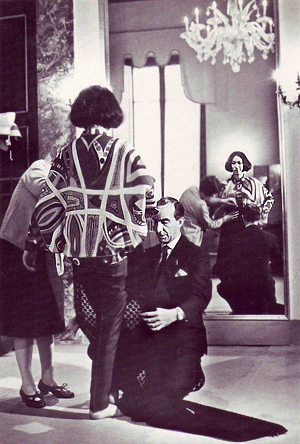 SPORTS AND POLITICS IN PUCCI’S YOUTH
SPORTS AND POLITICS IN PUCCI’S YOUTH
Pucci’s aristocratic origin and wealthy lifestyle did not spoil the bright adolescent boy, but actually pushed him to seek his own venue of fulfillment. His interest in social sciences drove him to pursue university studies in Italy and the US. Combined with his knowledge of arts and aesthetics (he was to become a Master of Arts), he entered adulthood wise, educated and resilient. His resilience was the result of his active involvement in sports (as a student he was on the Italian Olympic ski team) and of several years of service as a bomber pilot.
In 1959, Emilio Pucci married Baroness Cristina Nannini di Casabianca. They had two children, Alessandro and Laudomia, who took over the company after his death and was at the helm until 1999.
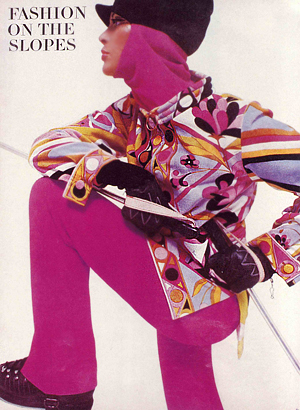
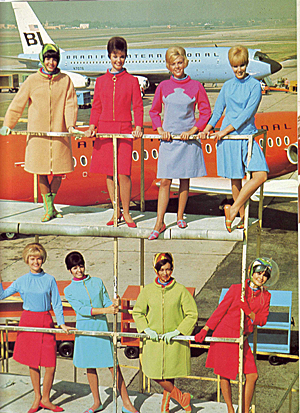
PHILOSOPHY, AESTHETICS AND IMAGINATION
What is Emilio Pucci’s philosophy and aesthetics signature? Why is the combination of bright colours, printed on scarves, shirts, blouses and dresses so topical and fresh even today? What makes the Capri trousers so popular? Why are the palazzo pajamas in vibrant colours still in fashion? Pucci’s three breakthroughs in Italian and world fashion may give us an insight into the style and the mindset of the great designer. His creative work evolved in the post-war period, when mankind was experiencing a need for new forms of comfort and beauty, both for recreation and sports and for formal occasions. Pucci’s first breakthrough was in sportswear, where he very quickly received worldwide recognition, promoting fashionable and ergonomic ski suits. In 1948 the designer was photographed for “Harper’s Bazaar” on the ski slope in a special suit that he himself had made. Soon he was commissioned to design a range of such suits for the American market. Pucci’s second breakthrough was in the so called "uniform wear”. Emilio Pucci was among the fashion designers, who made the austere police and air travel uniforms more beautiful and appealing to the senses. In 1965 he designed the fresh and elegant uniforms for Braniff Airways. Back then the designer forecast a phenomenon which took place forty years later: corporate and uniform wear outgrew grey boring cuts, combining ever increasing vitality, versatility and freshness. Several years later, Pucci was invited to design the logo and the emblem of the Apollo 15 mission. The emblem was crafted in red, white and blue and bore the names of the astronauts: Scott, Worden and Irwin. Out of gratitude and admiration for Pucci’s extraordinary talent, NASA and the astronauts offered to take Pucci’s items to the Moon and in outer space and to return them as space souvenirs. Rumour has it that Pucci took advantage of the offer and gold medals, made by him, orbited the Earth. They had the names of the Pope, of the presidents of the US and Italy, of the astronauts and Pucci’s family.
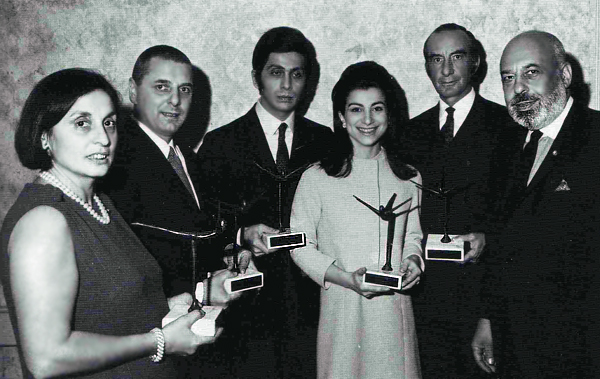
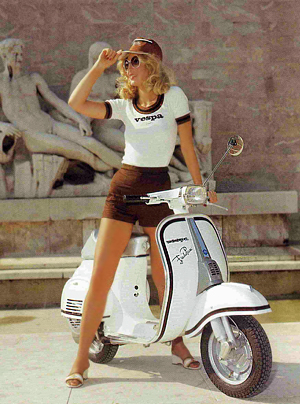 Pucci’s third breakthrough is related to the new role and place he ascribed to colours and romanticism in his designs. Here is how the artist himself explained his attitude to colours: “I rediscovered colour and created a symphony of combinations. Flowers of all colours grow together in harmony in the fields and almost any one combination looks beautiful.” How and why did the designer choose his colourful and sensual manner of painting fabrics and use of prints is a question, whose answer is complex and lies in the nature of talent, environmental influences and inevitably the fashion of the 1960s and 1970s. Let us remember that at the time psychedelic colours were in fashion (psychedelics is a drug-induced mental state, where people have colourful and magical visions due to drug abuse). As an artistic method and approach, psychedelics were present in the popular music of the time and even coloured some of Beatles’s songs, a fine example being the Yellow Submarine song.
Pucci’s third breakthrough is related to the new role and place he ascribed to colours and romanticism in his designs. Here is how the artist himself explained his attitude to colours: “I rediscovered colour and created a symphony of combinations. Flowers of all colours grow together in harmony in the fields and almost any one combination looks beautiful.” How and why did the designer choose his colourful and sensual manner of painting fabrics and use of prints is a question, whose answer is complex and lies in the nature of talent, environmental influences and inevitably the fashion of the 1960s and 1970s. Let us remember that at the time psychedelic colours were in fashion (psychedelics is a drug-induced mental state, where people have colourful and magical visions due to drug abuse). As an artistic method and approach, psychedelics were present in the popular music of the time and even coloured some of Beatles’s songs, a fine example being the Yellow Submarine song.
There is another explanation for Pucci’s passion for bright colours: yellow, red, orange and their combinations with blue, green, white and pink. Pucci’s travels to India, Brazil and Bali Island left indelible impressions. The sensitive artist drew inspiration from the colourful nature and the beautiful ornaments and motifs on the garments of the local people. His rich imagination filtered through these impulses and transformed them into dazzling shirts and dresses, headscarves, shawls, bags and as a design of robes, pajamas and beachwear, among others.
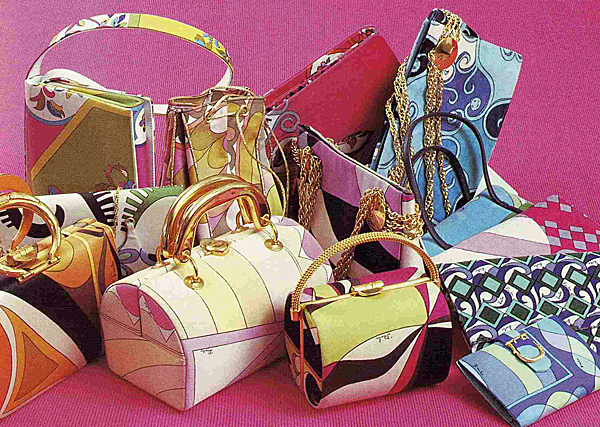
Attitude to fabrics and textile culture is key to any fashion designer. Pucci dedicated a lot of time and attention to the selection of fabrics and did not hesitate to experiment. Here is what a 1964 Vogue article reads: “He experiments with velvet or towelling, combines wool and ribbons, hemp and silk, constantly seeking better forms of the stretchy material. Pucci makes full use of the textile technology of the times.”
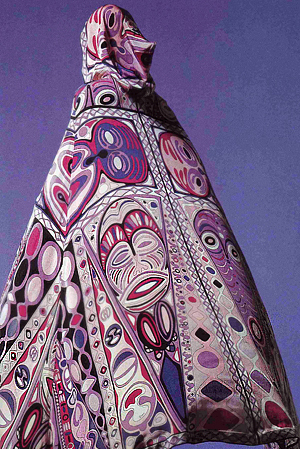
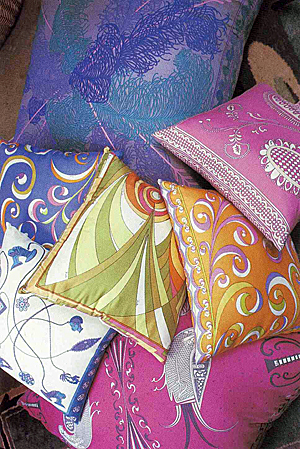
The eclectic beauty of patterns, the childlike quality of his drawings and motifs make of Pucci’s art an unusual source of inspiration. Among designers who admire and follow his creations are (the unfortunately late) Gianni Versace and Franco Moschino, as well as his latest interpreters Antonio Berardi, Christian Lacroix, Matthew Williamson and recently – Peter Dundas. A three-year contract between Pucci and Matthew Williamson expired in October 2008 and he was replaced by Peter Dundas, former designer at Ungaro. Dundas’ talent and individuality are totally in line with the spirit of Pucci fashion house.
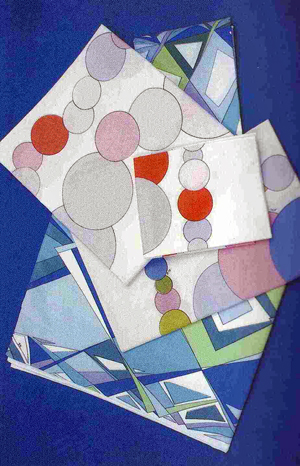
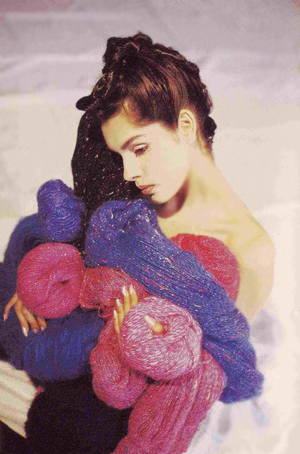
Shirley Kennedy, arguably the greatest expert on Pucci, builds on our perception of his contribution to the world of fashion in her work Pucci: A Renaissance in Fashion. She writes: “Pucci designed capes that flowed and undulated in desert breezes; stretch bodysuits in matching prints were worn underneath, and minidresses with coordinated tights went along with the free-and-easy styles soon to surface in all fashions in London, Paris, Rome, Florence and New York. Empire-waist shifts, body-hugging chemises, velvet and silk microminis, deep V-neck bodysuits and tiny Twist and Frug halter-top dresses became Pucci’s trademark silhouettes of 1967 and 1968. The prints were wildest imaginable, ranging from hallucinogenic-size mushrooms and flowers, to seraglio swirls, to multicolour dancing ribbons, to blazing tropicals”. Pucci’s work in the 1970s responded perfectly to the new standards of recreation and summer holidays and is associated with the brightness and temperament of the Hawaiian shirt patterns and the Bermuda shorts.
PUCCI’S FAMOUS CLIENTS
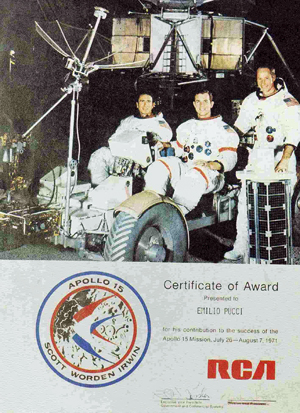 Who are the women who chose Emilio Pucci’s designs? What did these socialites, actresses and models have in common? The colourful patterns, the sophisticated fabrics, the loose silhouettes or was it something else? Jacqueline Kennedy-Onassis was among Pucci’s most faithful clients. Undoubtedly she must have liked the warm colours and playfulness of his designs. As one of the most famous and most elegant women in the world, she wore Pucci’s designs during her summer holidays. Let us not forget that silk blouses and white Pucci trousers were almost a must wear for the elegant ladies in Jamaica. American Diana Vreeland was another influential woman when it came to taste, style and fashion. (Paris born Vreeland was Harpers Bazaar’s editor-in-chief between 1937 and 1962. Between 1963 and 1971 she headed its biggest rival, the American Vogue.) Vreeland was remembered by her contemporaries as being dressed in a beautiful and feminine silk jersey dress by Pucci.
Who are the women who chose Emilio Pucci’s designs? What did these socialites, actresses and models have in common? The colourful patterns, the sophisticated fabrics, the loose silhouettes or was it something else? Jacqueline Kennedy-Onassis was among Pucci’s most faithful clients. Undoubtedly she must have liked the warm colours and playfulness of his designs. As one of the most famous and most elegant women in the world, she wore Pucci’s designs during her summer holidays. Let us not forget that silk blouses and white Pucci trousers were almost a must wear for the elegant ladies in Jamaica. American Diana Vreeland was another influential woman when it came to taste, style and fashion. (Paris born Vreeland was Harpers Bazaar’s editor-in-chief between 1937 and 1962. Between 1963 and 1971 she headed its biggest rival, the American Vogue.) Vreeland was remembered by her contemporaries as being dressed in a beautiful and feminine silk jersey dress by Pucci.
Tailored shorter trousers (one of the symbols of female sexuality in the late 1950s and early 1960s) were particularly popular and sought by fans of the brand. Pucci’s clothes made of shantung, silk, jersey, cotton and velvet had their place in the wardrobes of Sophia Loren, Barbara Walters, Audrey Hepburn, Marilyn Monroe, among other. In the 90s, Madonna was one of Pucci’s ardent fans. Women, who were in love with Pucci’s designs, wanted to be buried, wearing one of his dresses. Although just a wish for some, for sex symbol and Hollywood legend Marilyn Monroe it became reality. She was buried with a Pucci almond green silk jersey dress. According to the designer, this dress had an interesting story. While shopping at the Beverly Hills boutiques, Marilyn Monroe fell in love with the sensuous stylish dress. In a rush to see if it fitted, the actress realized that it would be improper to wear it with her garters and bra. Without thinking, she took them off, put on Pucci’s dress and walked out. Legend has it that it was then when famous playwright Arthur Miller, who would later become her husband, noticed her.
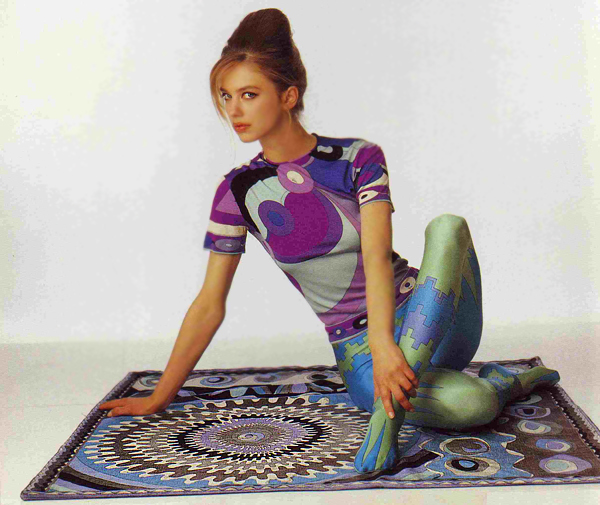
Pucci’s chroniclers still recall how fashionable it was to buy something from Pucci for Christmas, a headscarf, shawl or something bigger like a dress or a suit. There have been occasions, when the jet-setting crowd all had to wear Pucci. For decades Emilio Pucci’s designs have been a symbol of social success, of taste and original style. Wives of millionaires, daughters of tycoons wore Pucci with pleasure and confidence as it guaranteed a luxurious lifestyle, modern elegance and elegant fashion.
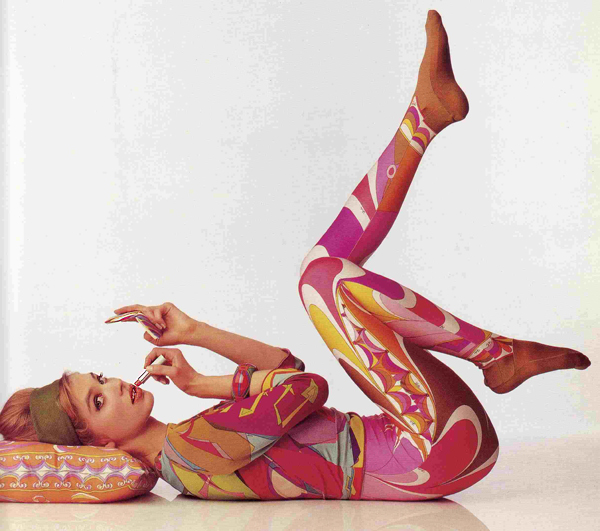
* * *
Innovation and genius in fashion are usually associated with exploring and introducing new shapes, silhouettes and colour combinations. We can add the purposeful underscoring on a single aspect of design, for example on children or men’s wear, on a sports outfit or a uniform, on accessories for a certain activity or for dazzling social events. Pucci restored aristocratic glamour to post-war fashion by making it more romantic and emancipating the vividness and variety of colour in designer garments. Thanks to his Florentine aesthetics and culture and to other Italian artists, poets and musicians of style, Italian fashion today plays a key role in world fashion design, mesmerizing with its sensuousness, full-blooded beauty and vivid shapes.
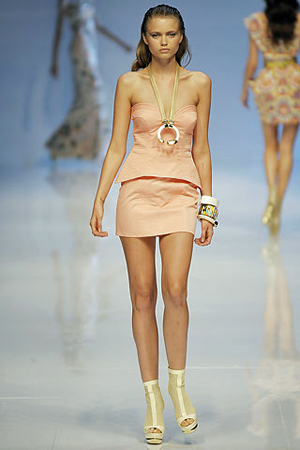
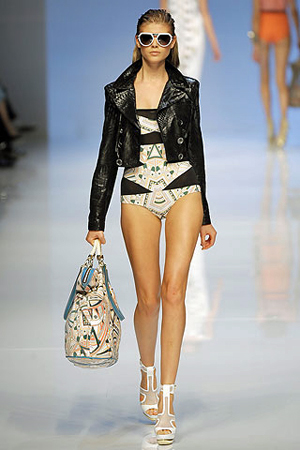
References
The following sources have been used in the article: Ермилова, Д. Ю. История домов моды, “Академия”.Москва, 2003; О`Хара, Дж. Енциклопедия на модата. “Библиотека 48 “, С., 1995; Encyclopedie. Editions - De grote Mode Nathan. Paris, France,1989; Baker, Patricia. Fashions of a decade. The 1950s. B.T. Batsford. London, 1991; Connikir, Yvonne. Fashions of a decade. The 1960s. Facts On File. New York, 1990; Kennedy, Shirley (1991) Pucci: A renaissance in Fashion. New York, London, Paris: Abbeville Press; Martin, R. The St. James Fashion Encyclopedia: A Survey of Style from 1945 to the Present. Visible Ink Press. Detroit, 1997; McDowell, C. Fashion today. Phaidon Press Limited. London, 2000; Reuters Television News; O`Hara, G. The Encyclopaedia of Fashion.From 1840 to the 1980s. Thames and Hudson. London, 1986; Seeling, Charlotte. Fashion. The century of the designer 1900 – 1999; Steele, Valerie. Fashion, Italian Style. Yale University Press. New Haven and London. New York, 2003; Stegemeyer, A. Who`s Who in Fashion. Third edition. Capital Cities Media, Inc. Fairchild Publications, New York, 1996.
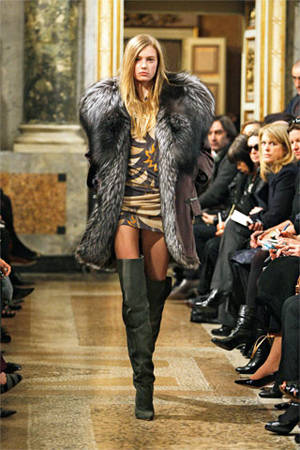
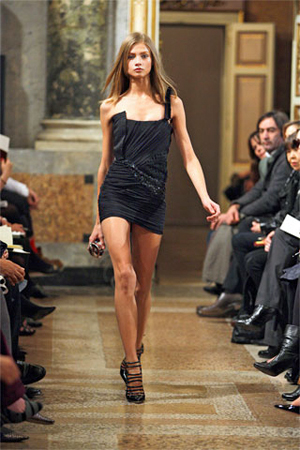
Photos:
1.Photography of Emilio Pucci at the background of a majestic Renaissance portrait, 1970
Photo: © Enrico Ferorelli / Kennedy, Shirley (1991) Pucci: A Renaissance in Fashion. New York, London, Paris: Abbeville Press.
2.Pucci together with one of his favourite models Ina on the roof of his striking building - palace, 1957.
Photo: © Relang / Kennedy, Shirley (1991) Pucci: A Renaissance in Fashion. New York, London, Paris: Abbeville Press.
3. Working moment at the atelier of Pucci – the designer constructs a silk dress on Japanese model Iku Itsuki, 1964.
Photo: © Kennedy, Shirley (1991) Pucci: A Renaissance in Fashion. New York, London, Paris: Abbeville Press.
4. Chic for winter ski sports – a design of Emilio Pucci, 1965.
Photo: © William Klein, Vogue © Konde Nast / Kennedy, Shirley (1991) Pucci: A Renaissance in Fashion. New York, London, Paris: Abbeville Press.
5. Uniforms for Braniff Airways hostesses, designed by Pucci in 1965.
Photo: © Kennedy, Shirley (1991) Pucci: A Renaissance in Fashion. New York, London, Paris: Abbeville Press.
6. A multicoloured Pucci mini dress, 1965.
Photo: © Irving Solero / Steele, Valerie. Fashion, Italian Style. Yale University Press. New Haven and London. New York, 2003.
7. Emilio Pucci is the creator of the design of Fiat’s Vespa Scooters, 1977.
Photo: © Roberto Marchiori / Kennedy, Shirley (1991) Pucci: A Renaissance in Fashion. New York, London, Paris: Abbeville Press.
8. In 1967, five Italian designers received the Neiman Marcus Award: (left to right) Lydia de Roma, Giancarlo Venturini, Valentino, Fiamma Ferragamo, Emilio Pucci and Stanley Marcus.
Photo: © Kennedy, Shirley (1991) Pucci: A Renaissance in Fashion. New York, London, Paris: Abbeville Press.
9. Emilio Pucci is the author of design of the Fiats’s Vespa motorcycles, 1977.
Photo: © Roberto Marchiori / Kennedy, Shirley (1991) Pucci: A renaissance in Fashion. New York, London, Paris: Abbeville Press, p.93.
10. Bags by Pucci, made of silk, cotton and velvet in ‘50s style – the ‘70s.
Photo: © Roberto Marchiori / Kennedy, Shirley (1991) Pucci: A renaissance in Fashion. New York, London, Paris: Abbeville Press, p.149.
11. A cloak of silk crepe with an accent on the mask as a main motive in the drawings, the second half of the ‘60s.
Photo: © История моды. Коллекция Института костюма Киото. Москва, 2003, с.593.
12. Silk and cotton pillows by Pucci, 1988.
Photo: © Roberto Marchiori / Kennedy, Shirley (1991) Pucci: A renaissance in Fashion. New York, London, Paris: Abbeville Press, p.162.
13. Pucci is the first designer to produce shawls, towels and sheets for the households, 1967.
Photo: © Roberto Marchiori / Kennedy, Shirley (1991) Pucci: A renaissance in Fashion. New York, London, Paris: Abbeville Press, p.162.
14. The rainbow colours are Pucci’s preferred ones, which could be seen in this bouquet of threads and filaments of angora, mohair and glittering yarns, 1987.
Photo: © Roberto Marchiori / Kennedy, Shirley (1991) Pucci: A Renaissance in Fashion. New York, London, Paris: Abbeville Press.
15. Emilio Pucci is the author of the emblem of the Apollo 15 astronauts, whose mission was to land on the Moon, 1971.
Photo: © Roberto Marchiori / Kennedy, Shirley (1991) Pucci: A Renaissance in Fashion. New York, London, Paris: Abbeville Press.
16. – 17. An outfit of jersey (the top) and leggings (the lower part), made of stretch in 1990 and inspired by Pucci's fashion from 1960s. Stylists Andrew Eccles and Susan Cannon.
Photo: © Roberto Marchiori / Kennedy, Shirley (1991) Pucci: A Renaissance in Fashion. New York, London, Paris: Abbeville Press.
18. – 19. Collection by Matthew Williamson for Emilio Pucci, Spring-Summer 2009.
Photo: © Marcio Madeira / www.style.com
20. – 21. Collection by Peter Dundas for Emilio Pucci, Spring-Summer 2009.
Photo: © Marcio Madeira / www.style.com
Translator: Reny Ivanova
Read: 25555 times © Fashion Lifestyle Magazine, issue 25, August 2009
MORE PUBLICATIONS:ISSUE 24: Alberta Ferretti: romanticism and luxury, femininity and sex appeal
ISSUE 23: SALVATORE FERRAGAMO: the shoemaker of the stars
ISSUE 22: LUCIANO BENETTON - the uniting innovator
ISSUE 20: CHRISTIAN DIOR: THE ULTIMATE ROMANTISISM OF THE NEW OUTLOOK
ISSUE 18: ANNA MOLINARI: “MY CLOTHES BRING MESSAGE OF BEAUTY AND SEDUCTION"





